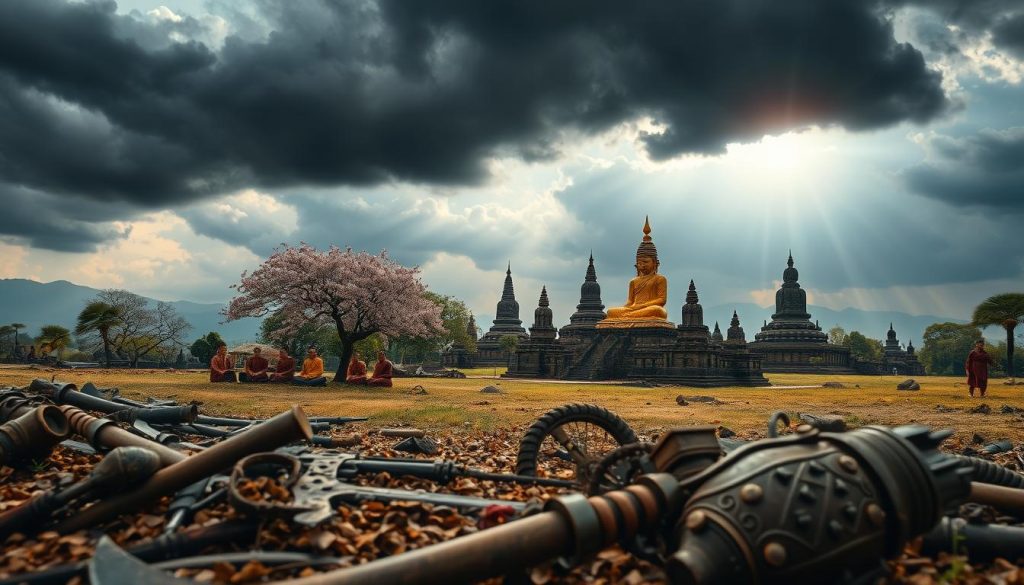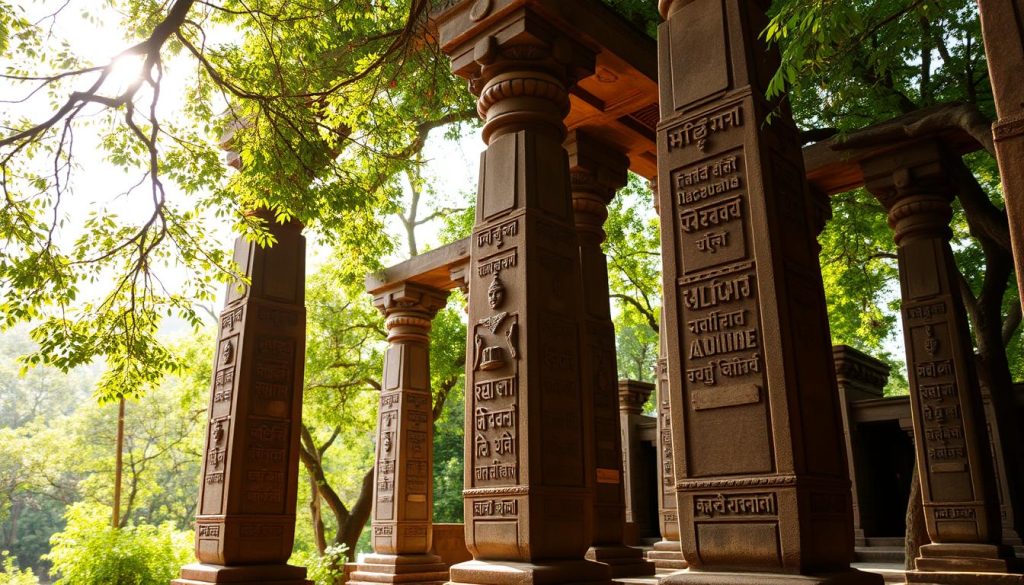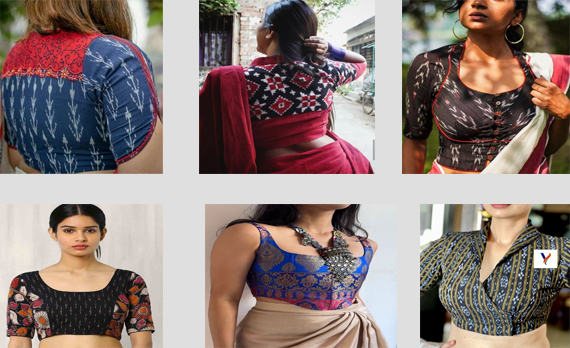Sambalpuri Dance
Sambalpuri dance is one of the most captivating and traditional dance forms of Odisha, a state located on the eastern coast of India. Known for its vibrant movements, rhythmic patterns, and cultural richness, Sambalpuri dance reflects the history, rituals, and social life of the people of the Sambalpur region, in western Odisha. It is an essential part of the region’s cultural identity and continues to be a source of pride for its practitioners and admirers. In this article, we explore the history, significance, performance elements, and the uniqueness of Sambalpuri dance.
Historical Background of Sambalpuri Dance
The origins of Sambalpuri dance are deeply rooted in the folklore, traditions, and rituals of the people of the western Odisha region. This dance form is believed to have been practiced for centuries, passed down through generations, and performed at religious, social, and agricultural festivals. The Sambalpuri dance shares its ancestry with other classical and folk dance forms of Odisha but has its unique style and appeal.
The dance is traditionally performed to the rhythms of Sambalpuri folk music, which is accompanied by the distinctive Dhol, Mahuri, Tasa, and Bansuri (flute), which are integral to the performance. The dance’s movements are characterized by graceful, yet energetic body movements, highlighting the fluidity and strength of the dancers.
Significance and Cultural Context
Sambalpuri dance is not only a source of entertainment but also a way of preserving and expressing the rich cultural heritage of Odisha. It is predominantly performed during festivals, especially those celebrating the harvest season, such as Nuakhai, a major agricultural festival of Odisha. The festival is dedicated to honoring the earth and agricultural work, and the dance is often part of the celebrations.
The dance is also an integral part of community events, weddings, and religious ceremonies in the region. As a form of folk expression, Sambalpuri dance plays a role in bringing people together, fostering community bonds, and preserving the local traditions.
Performance Elements of Sambalpuri Dance
- Music and Rhythm
The music accompanying the Sambalpuri dance is composed of traditional folk tunes, often featuring the Sambalpuri style of music. This rhythmic music, created by instruments like the Dhol, Tasa, Bajana, and Bansuri, is an essential aspect of the dance. The tempo and rhythm are fast-paced and energetic, with beats that dictate the speed and movement of the dance. The music and dance are synchronized, allowing the dancers to move in harmony with the rhythm.
- Dance Movements
The dance incorporates a wide range of movements, many of which are inspired by nature and daily life. The performers often mimic movements like sowing seeds, harvesting crops, or offering prayers. The choreography blends fluid and sharp gestures, where the hands, feet, and body move in perfect harmony with the music. The footwork is intricate, with rhythmic stomping or tapping to create a percussive effect. The hand movements are graceful and expressive, conveying emotions and storytelling through gestures.
- Costumes and Attire
The costumes worn during Sambalpuri dance are as vibrant and colorful as the dance itself. Female dancers typically wear traditional sarees, often made from Sambalpuri fabric, which is known for its exquisite ikat weaving. The sarees are worn in the typical Odia style, with bright colors like red, yellow, and green, symbolizing fertility, joy, and celebration. The attire of male dancers usually consists of dhotis and angavastras, along with turbans, creating a regal and traditional appearance.
The dancers also adorn themselves with ornaments such as necklaces, earrings, and bangles, which add to the aesthetic beauty of the performance.
- Choreography and Formation
Sambalpuri dance can be performed as a solo or group performance, but it is most commonly seen as a group dance. The formation usually involves synchronized movements, where dancers move in circular or semi-circular patterns. The dancers work together to create visual symmetry, with their movements flowing in unison. The collective nature of the dance emphasizes community spirit and cooperation, important values in Odisha’s cultural fabric.
Types of Sambalpuri Dance
While there are various folk dances in Odisha, Sambalpuri dance is often associated with several sub-forms, which are based on the nature of the festival or event. Some popular forms include:
- Rangabati Dance: One of the most iconic and popular forms of Sambalpuri dance, Rangabati is known for its lively, colorful nature and its association with the famous folk song Rangabati. The dancers perform in a circle, and the song’s rhythmic beats provide the foundation for the choreography. Rangabati is often performed during weddings and harvest festivals.
- Dalkhai Dance: This form of Sambalpuri dance is typically performed by young women during agricultural festivals. The dancers wear traditional attire and move in a way that reflects the rhythm and energy of rural life, especially around the harvest season. The dance expresses both joy and gratitude for the bountiful harvest.
- Samkhan Dance: Another important form of Sambalpuri dance, Samkhan involves a group of dancers performing to the beats of drums. The movements are energetic, often fast-paced, and require a high level of coordination among the performers.
- Paika Dance: A traditional martial dance form of Sambalpuri, Paika is a high-energy performance with dynamic movements that resemble martial combat. It is believed to have its roots in the warrior culture of the region.
The Influence of Sambalpuri Dance Today
Sambalpuri dance continues to hold a significant place in the cultural landscape of Odisha, both within the state and beyond. It has inspired many contemporary artists and performers who are working to bring this folk art form to national and international audiences.
In recent years, Sambalpuri dance has been showcased in various cultural events, festivals, and competitions across India, where its rhythmic beats and expressive movements have garnered much attention. Many cultural groups and folk troupes in Odisha continue to perform and teach this traditional dance to the younger generations, ensuring its preservation for future generations.
Moreover, the popularity of Sambalpuri handloom fabrics, especially Sambalpuri sarees, has also contributed to a resurgence in the appreciation of the region’s folk art forms, including its dances. The dance has become a symbol of pride, not only for the people of Sambalpur but for the entire state of Odisha.
Sambalpuri Dance Movements

The movements of Sambalpuri dance are an integral part of its charm, characterized by their grace, energy, and synchronization. This traditional folk dance of Odisha, performed to the rhythm of Sambalpuri folk music, is known for its fluid body motions, intricate footwork, and expressive hand gestures. Here’s a breakdown of the key movements that define the dance:
1. Hand Movements (Mudras)
In Sambalpuri dance, hand gestures or Mudras play an important role in conveying emotions, telling stories, and symbolizing various aspects of life. The hands are often used to mimic actions like sowing seeds, reaping crops, or offering prayers, all of which are reflective of the agricultural traditions of the region.
- Swirling Hands: Dancers often extend their arms in wide circles or swirling motions, creating a visual representation of nature’s fluidity, like the wind or the flow of water.
- Clapping and Percussive Gestures: The performers sometimes clap or tap their hands together in rhythm, aligning their hand movements with the beat of the music.
- Symbolic Hand Positions: Specific mudras (hand postures) are used to depict the harvest or agricultural life, with hands mimicking the action of planting seeds or plucking fruits.
2. Footwork and Stomping
Footwork in Sambalpuri dance is highly energetic and rhythmic. The dancers’ feet move swiftly to the beats of the Dhol (drum) and Tasa (small drum), producing a rhythmic stomping sound that adds to the intensity of the performance.
- Rhythmic Stomping: The footwork involves quick steps and stomps in synchronization with the music. The sound produced by the dancers’ feet contributes to the overall rhythm and adds an energetic dynamic to the performance.
- Circular and Linear Movements: Dancers often move in circular patterns or semi-circles, their feet tapping the ground in alignment with the beats. This movement creates a visual flow that mimics the connection between the earth and the dancers.
- Side Stepping and Cross-Stepping: During certain sequences, dancers perform side steps or cross-steps, often forming intricate patterns on the floor that enhance the visual appeal of the dance.
3. Fluid Upper Body Movements
While the feet create the rhythmic foundation, the upper body movements complement them with fluidity and grace.
- Swaying and Twisting: The torso gently sways from side to side or twists in time with the rhythm, adding fluidity to the overall movement.
- Arm and Body Coordination: Dancers coordinate their arms and upper body with their foot movements, creating harmony between the different parts of the body. The arms often move in a flowing motion, extending or folding in a graceful manner, adding depth to the dance.
4. Group Synchronization and Formations
Sambalpuri dance is often performed in groups, and synchronization is key to creating the visual beauty of the performance. The dancers move in perfect harmony, forming intricate patterns and formations that highlight their collective coordination.
- Circular Movements: One of the most common formations in Sambalpuri dance is the circle, where dancers form a ring and perform synchronized steps and hand movements. This formation symbolizes unity and community.
- Semi-Circular or Parallel Arrangements: In some performances, dancers form semi-circular or parallel lines to create symmetry. This arrangement adds to the beauty of the choreography, as the dancers’ movements create a flowing, connected visual experience.
5. Head and Neck Movements
The head and neck movements in Sambalpuri dance are subtle but significant in enhancing the expression and emotion of the performance.
- Nodding and Tilting: The head may nod or tilt slightly in rhythm with the music, adding a layer of expression to the movements. These small gestures can convey joy, devotion, or celebration.
- Looking in Different Directions: Dancers often use their eyes and neck to direct attention to different points, contributing to the storytelling aspect of the dance.
6. Facial Expressions
The facial expressions of the dancers are crucial in conveying the emotions and stories behind the performance. While the movements are expressive, the facial expressions enhance the depth of the performance.
- Smiling and Joyful Expressions: Sambalpuri dance is often performed during festive occasions, so smiles and joyful expressions are common. The dancers’ faces radiate energy and enthusiasm, reflecting the celebratory nature of the dance.
- Focused or Devotional Expressions: At times, especially during religious or ritual dances, the dancers may adopt more solemn or devotional expressions to convey respect or reverence.
7. Rhythmic Clapping and Stamping
In some variations of Sambalpuri dance, clapping and rhythmic stamping are integral parts of the movement, especially in group performances. The synchronized clapping creates a musical rhythm that enhances the performance, and the dancers may clap in a specific pattern while moving in a circle.
8. Regional Variations and Unique Styles
The movements of Sambalpuri dance may vary slightly depending on the specific region or community. However, the core principles of energetic footwork, fluid hand gestures, and synchronized group movements remain consistent across all forms of Sambalpuri dance. Regional styles like Dalkhai, Rangabati, and Samkhan each have their own unique choreography, yet they all share the same focus on rhythm, grace, and communal participation.
Sambalpuri Dance, Sambalpuri Dance Move, Sambalpuri Song , Sambalpuri Barati Dance








